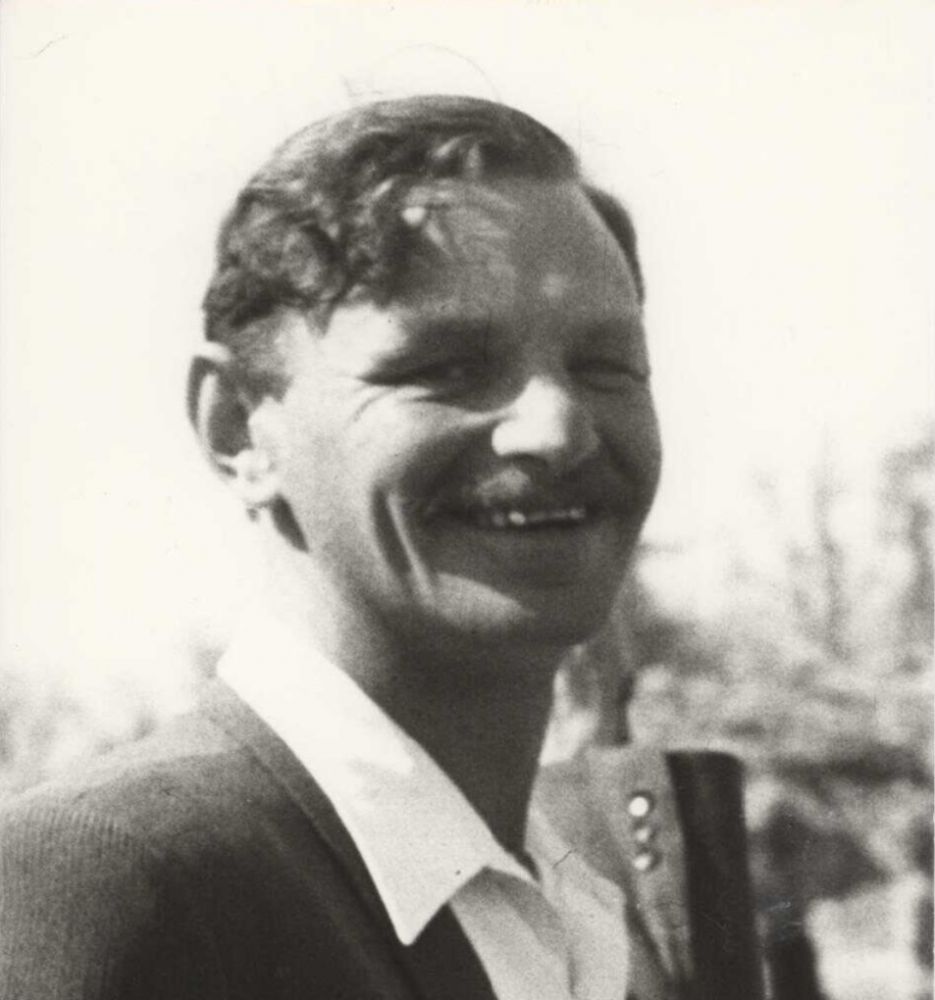- News
- Events
- Oneg Shabbat
- Collections
- Research
- Exhibitions
- Education
- Publishing Department
- Genealogy
- About the Institute
- Bookstore


Icchak Cukierman, photo by Julia Pirotte, 1948. JHI collection, Central Judaic Library
July 22, 1942 was the beginning of the ‘final solution’ of the Jews in the Warsaw ghetto. Every day, until mid-September, crowds of several thousand were chased by Germans, Ukrainians and the Jewish police through the streets of the closed district to Umschlagplatz, from where around 4 p.m. or later the train departed to the Treblinka extermination camp. Every day at least 5,000–6,000 people were deported from the ghetto.
In response to the commencement of the Great Deportation Action, on July 28, members of Zionist youth groups in the ghetto established the Jewish Combat Organization (Yidishe Kamf Organizatsie [1]). On the same day 5,020 people were deported from Umschlagplatz [2]. The meeting of representatives of youth movements took place at the Dror kibbutz at Dzielna 34 street[3]. It was the beginning of the organized resistance movement in the ghetto — earlier, despite the catastrophic hunger, murders in the streets, the brutality of the occupiers and the stories about the death camps reaching Warsaw, a large part of the ghetto’s political elite did not believe in the possibility of its liquidation. ‘The youth came to the conclusion that older party activists will not be able to decide on radical actions for many reasons. They decided to count on their own strength’[4]. The JCO was composed of representatives of the Hashomer Hatzair, Dror and Akiba organizations, and the command was formed by Icchak Cukierman (Dror), Józef Kapłan (Hashomer Hatzair), Cywia Lubetkin (Dror), Mordechaj Tenenbaum (Dror) and Szmul Braslaw (Hashomer Hatzair). Arie Wilner was supposed to be the liaison with the Home Army.
‘Let’s try to lead as many Warsaw Jews out as possible,’ wrote later Cywia Lubetkin. – ‘How many Jews can we save this way? Just units. Does it make sense to focus on saving individuals when millions are going to die? No! We are all destined to have the same fate, and therefore we must be with our people to the end. We have to organize resistance once again’[5].
Initially, the JCO had only one pistol, but it initiated the first resistance actions in the ghetto. The members of the organization tried to lead groups of Jews out of the district, set fire to German warehouses, and distributed leaflets informing about the true destination of trains departing from Umschlagplatz. On August 20, Izrael Kanał from Akiba carried out an unsuccessful assassination attempt on the commander of the Jewish police, Józef Szeryński, wounding him twice. The old pistol jammed, so Kanał failed to shoot the hated collaborator[6].
On September 3, the young resistance movement suffered painful losses. Józef Kapłan was arrested by the Gestapo. Szmul Bresław, armed with a spring knife, went to Gęsiówka prison, where his friend was held, and there he was murdered by the Germans. Kapłan was murdered on September 11. Also on September 3, as a result of a slip-up by a liaison officer, the organization lost almost all of its weapons [7]. The JCO suspended its activities, and its devastated members considered taking to the streets to certain death in fight against the Germans. However, the suicide shootout did not take place. In October, Mordechaj Anielewicz, who was busy for several months with the organization of the resistance movement in Silesia, returned to Warsaw. After the deportation ended, the mood improved and the Jews began to prepare for the fight again [8].
In October, the JCO was reactivated — more organizations joined it, but the talks about a merger with the Zionist Revisionist group, which later established the Jewish Military Union, ended in a fiasco. The militants were also shunned by religious organizations which rejected armed resistance. Icchak Cukierman remained in the staff of the organization, he was joined by Mordechaj Anielewicz (Hashomer Hatzair), Berek Sznajdmil (Bund, later replaced by Marek Edelman), Jochanan Morgenstern (Poale Zion Right) Hersz Berliński (Poale Zion Left) and Michał Rozenfeld (Polish Workers’ Party) [9]. The new JCO numbered approximately 500–600 people. In the residual ghetto, the organization undertook a wider campaign to collect money for the purchase of weapons, carried out executions of collaborators, including Jakub Lejkin and Izrael First, and tried to establish contacts with the Polish underground. The JCO members were waiting for another German ‘action’ to liquidate the ghetto. It didn’t happen until mid-January 1943.
Footnotes:
[1] Paweł Szapiro, Żydowska Organizacja Bojowa, https://www.jhi.pl/psj/Zydowska_Organizacja_Bojowa.
[2] Barbara Engelking, Jacek Leociak, Getto warszawskie. Przewodnik po nieistniejącym mieście, Warsaw 2001, p. 673.
[3] Ibid., p. 672.
[4] Ibid., p. 673.
[5] Cywia Lubetkin, Zagłada i powstanie, Warsaw 1999, p. 69–70.
[6] Ibid., p. 71–72.
[7] B. Engelking, J. Leociak, op. cit., p. 711.
[8] Ibid., p. 712.
[9] Ibid., p. 716–717; Krzysztof Persak, Żydowska Organizacja Bojowa (ŻOB), https://sztetl.org.pl/pl/slownik/zydowska-organizacja-bojowa-zob